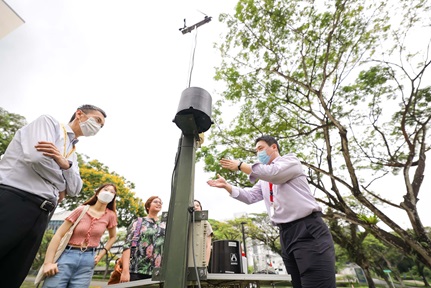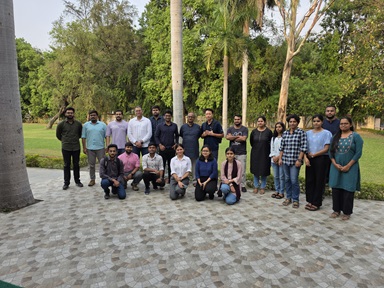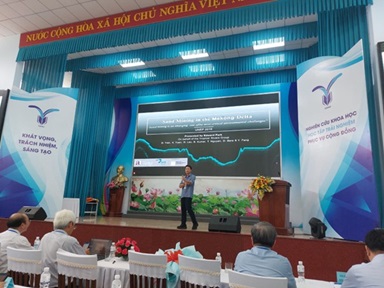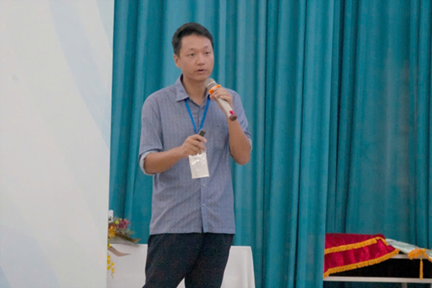Finding the link between well-being and weather
.png?sfvrsn=bacbf41f_3) |
|
The next time the weather changes, getting warmer, cooler, wetter, or drier, how do you think it affects your well-being?
This was a question that led Nguyen Duc Minh Anh and Nguyen Thien Minh Tuan, both 16, to embark on a project to satisfy their curiosity.
When the two St Joseph's Institution students arrived in Singapore from Vietnam in December 2020 to study, they noticed that their seasonal allergies had eased.
"For example, during the wet season in Vietnam, I will usually get a runny or stuffy nose. However, when I came to Singapore, I sensed that my condition had alleviated," said Minh Anh.
The Secondary 4 students felt that such questions about microclimate which is the atmospheric conditions experienced at a certain location will become increasingly important with man-made climate change, as people's health and well-being are influenced by the environment.
For instance, the elderly might sometimes feel fatigued when it rains.
"Ultimately, we want to find out how our microclimate affects our health and emotions," shared Minh Tuan.
With the topic in mind, they embarked on a research project from July to December last under the mentorship of Dr Kenneth Lim, year, 54, a research scientist at the National Institute of Education (NIE).
They explored how human bodies and the brain responded to changes in the physical environment by collecting data using smartwatches and self-designed equipment.
They designed devices with environmental sensors to measure microclimatic factors, such as relative humidity, and built EEG (electroencephalogram) headsets to track brain activity that shows the brain's response to the surrounding environment.
These devices were then paired with smartwatches to collect data such as heart rate, body temperature and sleep score.
The pair also created a mobile application that showed them the microclimatic factors around them and warned them of any abnormalities, such as unhealthy levels of carbon dioxide concentration.
The study, named the Life2Well Project, is under the Nanyang Research Programme in Nanyang Technological University, of which the NIE is a part of.
The boys found that the most influential microclimatic factors affecting well-being were ambient noise, dust concentration, carbon dioxide concentration and temperature.
"For instance, when there is more carbon dioxide, our heart rate increases as we breathe faster. Carbon dioxide, together with dust, is a big indicator of air quality, which in turn affects our health,” said Minh Anh.
To improve data collection, they realised they needed the EEG headsets, which uses electrodes, to be attached to their heads as firmly as possible.
With a limited budget, they chose to use low-cost materials, like sponges and adhesive tape, to hold the electrodes together. The sponges also made the headset more comfortable to wear.
Through this project, the students hope that they can contribute to knowledge about building smarter homes in future.
"For example, we hope that the elderly, who are more sensitive to weather changes, can have a higher quality of life through more personalised predictions of their health conditions, such as the likelihood of heat stroke on any given day," said Minh Tuan.
Source: The Straits Times © SPH Media Limited. Permission required for reproduction


.png?sfvrsn=67ea0782_3)




